#Flakturm Arenbergpark
Photo

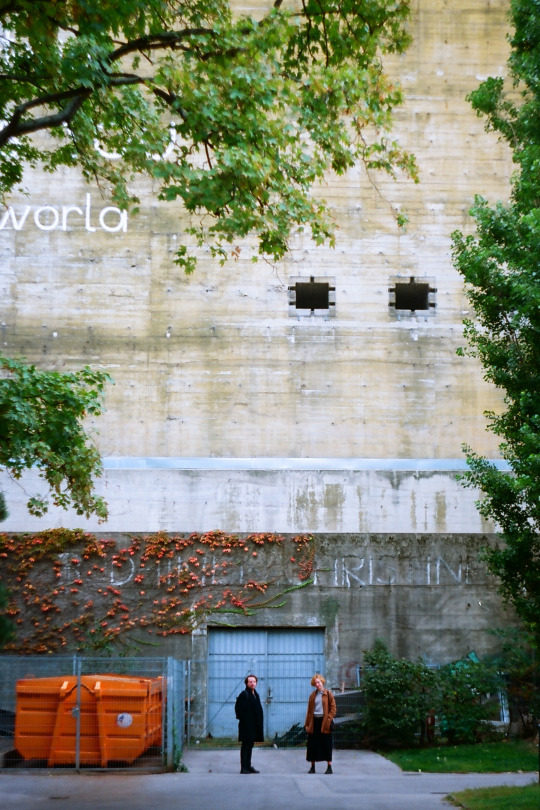
257 & 258 | E
Vienna
Flakturm Arenbergpark
Mamiya Msx 1000
1 note
·
View note
Photo
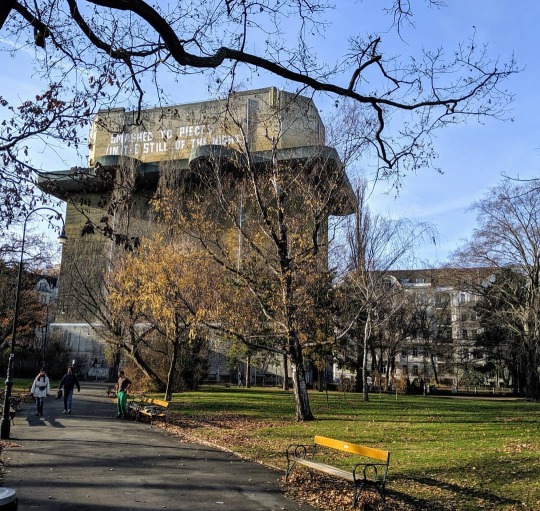
Flakturm #2 Nine stories, walls 2 metres thick.. Smashed to pieces (in the quiet if the night) (at Arenbergpark Flakturm) https://www.instagram.com/p/B5zta7kp9av/?igshid=11fnyy06oxm3c
0 notes
Photo
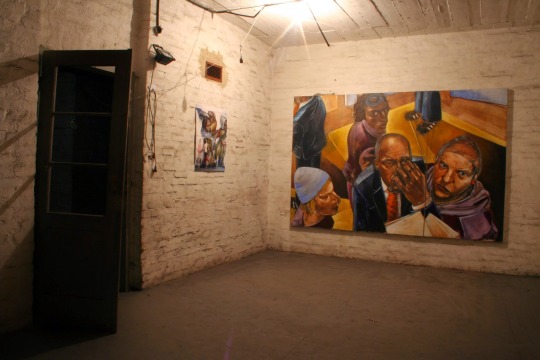

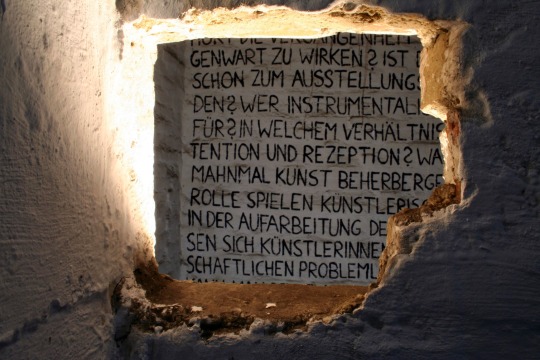
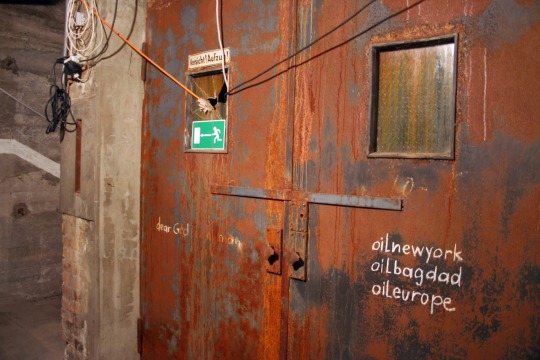

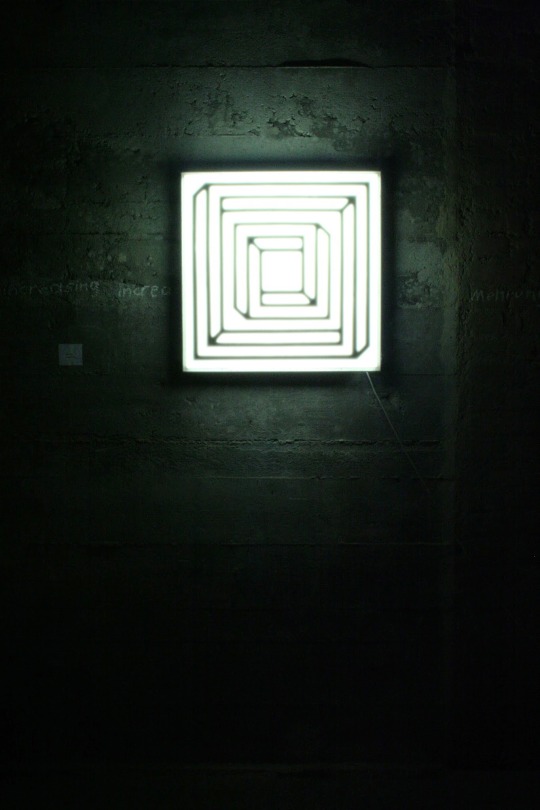



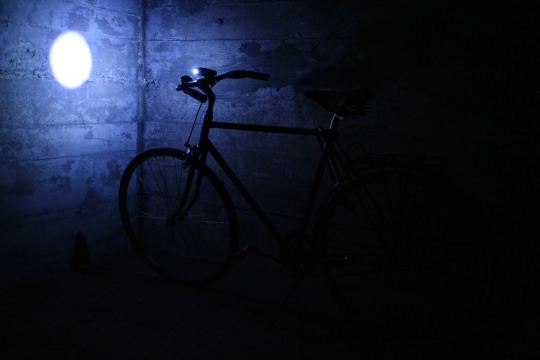
faktum flakturm das kunstexperiment
#flakturm#wien#arenbergpark#faktum flakturm#kunst#experiment#10 jahre#art#vienna#faschismus#1945#2. weltkrieg#fascism#antifascism#art vs. fascism#memorial#war crime#civil society#renfah#marcuse hafner#independent#leuchtturmprojekt
0 notes
Photo
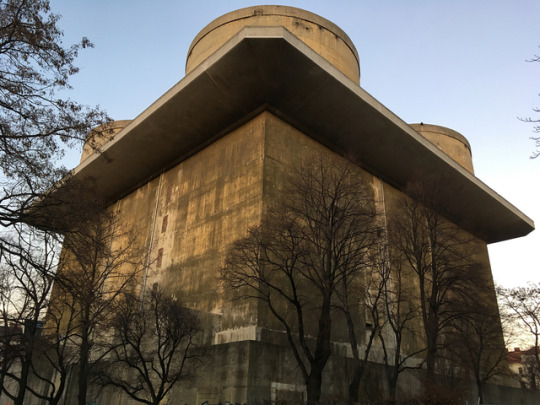
#вена #австрия #флактурм #флактурмы #аренберг #аренбергпарк #втораямировая #втораямироваявойна #вов #великаяотечественная #великаяотечественнаявойна #vienna #wien #austria #österreich #österreich🇦🇹 #flakturm #flackturm #arenberg #arenbergpark #wwii #ww2 #worldwar #worldwar2 #worldwarii Не устаю удивляться... Не столько мощи этих сооружений, сколько тому, как они спокойно вписались в современный городской пейзаж)))
#wien#флактурмы#österreich#ww2#втораямировая#arenbergpark#аренбергпарк#великаяотечественнаявойна#worldwar#австрия#вена#wwii#worldwar2#вов#флактурм#arenberg#аренберг#austria#втораямироваявойна#österreich🇦🇹#vienna#великаяотечественная#flakturm#flackturm#worldwarii
0 notes
Photo


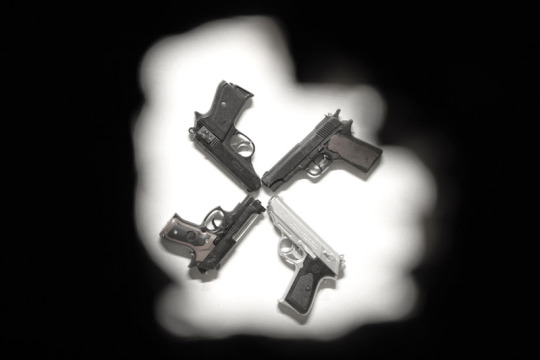
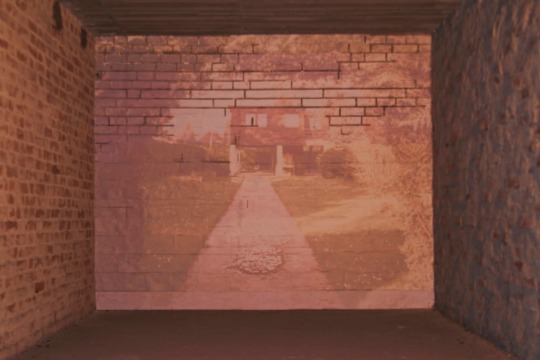

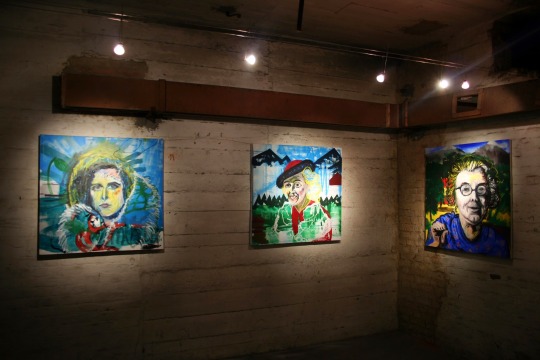
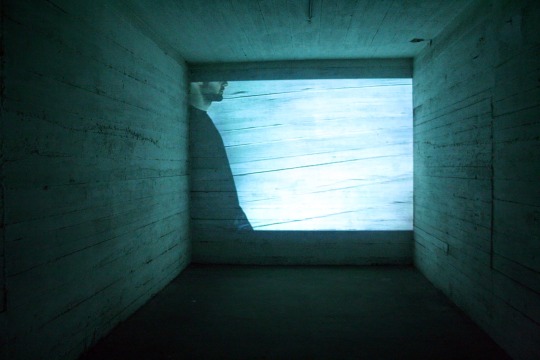
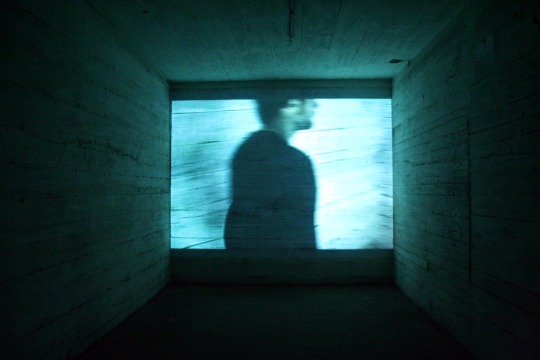
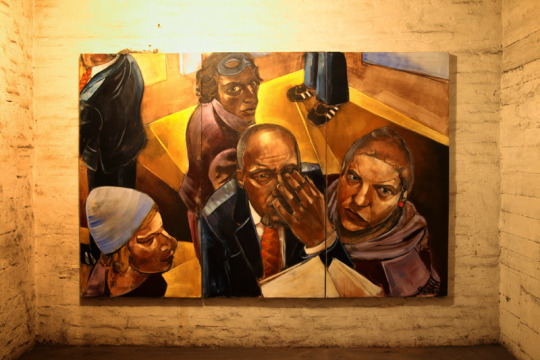

#flakturm#wien#arenbergpark#ausstellung#vienna#fascist#memorial#art#again#renfah#marcuse hafner#faktum#faktum flakturm#faschismus#1030#kunst#experiment#international#2005#2006#2007#140 künstlerInnen
0 notes
Text
FAKTUM FLAKTURM
FAKTUM FLAKTURM
http://flakturm.net
PROJECT DESCRIPTION
The project FAKTUM FLAKTURM is one of its kind. It’s an opportunity for facing and analysing the past on an in- ternational scale, a European experiment with regard to remembering the past and conveying history.
FAKTUM FLAKTURM
About the motives of the association
Despite the fact that the six massive ferro- concrete monoliths – flak towers built between 1943 and 1945 during the time of National Socialism - occupy a distinc- tive position in the city centre of Vienna, discussion and implementation regarding their association to one of the darkest periods in Austrian history has since that time been denied. The circumstance that the Viennese Flak Towers, unlike the German exemplars, remain until to date uncommented and unconsidered is one of the expressions of Austria’s “Victim thesis”, which was legitimised by the Moscow Declaration. All six towers in Berlin and two out of four in Hamburg were removed in the post-war period for the most part by the Allies. In 1949 the Federal Ministry for Trade and Reconstruction recognised that “those flak towers built by the German Reich with their own materials for their own purposes are now to be enforcedly managed by the Republic of Austria.”
To the present day, as measured by the dealing with its edificial relics, there has been hardly any change in the rejection attitude towards the Austrian inheritance of National Socialism. Not one of the flak towers is being identified as what it actu- ally is: a memorial to the national-socialis-
tic war of extermination.
Today, economic motives for the use of
the existing structures for profit, as well as attempts to conceal the perception of their disturbing presence through non-referenced utilisation and embellished re-purpoing, determine the occupation of the flak towers. One such concept, “Das Haus des Meeres” in the light-tower in Esterhazy park, has already been successfully initiated and con- tinues to enjoy progressive developments. The turret (or gun tower) in the Stiftkas- erne, a military structure inaccessible to the public, has also been extracted from the discussion. The flak tower in Augarten serving as a real estate venture has been rented out for an unlimited period of time to a private company dealing with data. Upon this tower’s turret initial restructur- ing measures with demolition works have been conducted that have strongly affected the appearance of the listed edifice. The University of Applied Arts is still striving for a partly artistic and partly commercial use of the turret in Arenbergpark. Only one neighbouring tower has been so far excluded from such utilisation concepts.
On the occasion of an exhibition series by an artist group in May 2005, June 2006 and December 2006, the tower revealed its innards in an actual unaltered state of decay, and presented, simultane-
ously with the exhibited works of art, a snap-shot of an almost untouched struc- ture - a structure numbed in stasis over 62 years of unassimilated history.
Due to the large amount of interest the opening of the tower in Arenbergpark ex- perienced from visitors, politicians, and the media, coupled with the quick-developing needs of the involved artists, historians and architects for an interdisciplinary platform that accounts for its very history, the Fak- tum Flakturm association was established.
ART CONCEPTS
The association conceives art as a way to directly procure the warlike and tragic events of which the flak towers remind
us, not in a didactical way but through the examination of the topic by artists. It understands art as an attempt to clear out those circumstances that currently reflect the suppressed historical discussion without neglecting the overpowering stigma of Austria’s complex inheritance. The project Faktum Flakturm defines itself as an experiment of open questions regard-
ing remembrance-culture and historical mediation; it gives cultural workers and artists the opportunity to situate themselves in this historical location and establish
it as a site of concentration, productive contention, and freedom. The experiences
collected with past exhibitions open new ways for area enlivenment, for exhibition practices, and with it new avenues of defi- nition for Austria’s cultural landscape. Faktum Flaktum considers it a necessity that, for the time being at least, one of
the six towers in Vienna be used in a way that is directly related to its history; that by means of interdisciplinary exchanges with art this history can be noted and even celebrated in the public consciousness. Furthermore it is necessary that this hap- pens now, since the time in which direct witnesses could talk about the past will soon be gone.
ARCHITECTURAL CONCEPTS
Another further aim of the Faktum
Flakturm association is to make sure that the exhibitions shown are in line with generally accepted conservation practices, and to develop long-term concepts for the mediation of the tower’s history. Methods are to be found for how to preserve the encountered transitory state of the flak tower’s inner space and how to continu- ously make it a subject of discussion and proposition. The necessary measures
of protection should subscribe to the requirements of preservation of sites with historical interest, and to the authenticity of the existent state. The outer aspect of
the tower is also in a state of transition: the architecture of the towers as we see them today correspond to the old-fashioned
war architecture that never lived to see the planned restructuring of the ideological analogy for the “Reich’s 1000 years”. This aspect of consideration upon the ferro- concrete architecture is also a field for artistic reflection.
We believe that a frontal didactical me- diation approach, especially regarding the period of National Socialism, is a rather unsuitable one since this topic is still very emotionally entangled, and may lead to the refusal by recipients to remain open to relevant advice, and to the provocation of doubt about the contents and accompany- ing procuration methods.
At the same time history is often
being perceived as something static, as a completed cycle from the past. On the contrary, during our enquiry of the Aren- bergpark flak tower we have experienced its history as a surprisingly lively process. The dynamic perception that exists inside the building manifests itself most of all through the stories that the walls have to tell: chalk and pencil inscriptions by forced labourers, officers and those who were looking for protection, are doubtlessly part of the substance divulged and registered today. In this respect the tower is readable
ASSOCIATION
FAKTUM FLAKTURM
Verein zur Förderung interdisziplinärer Kunst und Kultur im Flakleitturm Arenbergpark Wien 3
CONTACT [email protected]
#art#vienna#flakturm#faktum flakturm#weltkrieg#2. Weltkrieg#Wien#kunst#marcuse hafner#flakturm.net#antifascism#niemalsvergessen
0 notes
Text
Präambel Faktum Flakturm
Präambel
Der Flakturm ist ein Zeugnis der schlimmsten Katastrophe des 20
Jahrhunderts. Er soll in seiner ursprünglichen Architektur erhalten
bleiben als ein Zeugnis, er soll nicht behübscht oder verniedlicht,
nicht ausgehöhlt und verharmlost werden. Er soll ein Raum der
Auseinandersetzung für KünstlerInnen und Kulturschaffende sein, sich
an diesem historisch schwerst belasteten Ort positionieren zu können.
Ein Ort der Konzentration, der produktiven Auseinandersetzung, der
Offenheit und der Freiheit ist das Ziel der geplanten Projekte. Der
Verein wurde gegründet mit der Aussicht, den Turm für zukünftige
Projekte zu nutzen, um das historische Gebäude und das inhärente,
soziale Gefüge zugänglicher zu machen. Der Verein verwehrt sich
ausdrücklich gegen alle Arten der nationalsozialistischen
Wiederbetätigung.
VERHALTENSKODEX FÜR DIE NUTZUNG DES FLAKTURMS
„Ob bei dem Bau eines Panzergrabens 10.000 russische Weiber an
Entkräftung umfallen oder nicht, interessiert mich nur insoweit, als
der Panzergraben für Deutschland fertig wird.“ Heinrich Himmler in
seiner „Posener Rede“ am 04.10.1943
Der Turm ist nicht nur ein Kunstraum, sondern auch ein höchst
ambivalentes Denkmal aus der schlimmsten Periode des zwanzigsten
Jahrhunderts. Seine realen Erbauer sind nicht der Architekt oder
dessen politische Auftraggeber, sondern aberhunderte von
ZwangsarbeiterInnen, die aus allen Ecken und Enden Europas
zusammengefangen, in Viehwaggons gepfercht und in Sammellager
transportiert wurden, wo man sie auf ihre Ausbeutbarkeit hin
selektierte und diejenigen, die als zu schwach befunden wurden, zur
sofortigen Ermordung weiterschickte. Der „brauchbare“ Rest dieses
„Menschenmaterials“ wurde für Arbeiten wie eben den Bau „unseres“
Flakturms verwendet und dabei bis zum Letzten ausgequetscht,
geprügelt, schikaniert, ausgehungert, gedemütigt und am Ende eventuell
erschossen oder totgeschlagen.
Der Flakturm ist der letzte Zeuge ihrer Würde, ihres Blutes, Schweißes
und ihrer Tränen, die in jedem Kubikmeter Stahlbeton enthalten sind.
Er „gehört“ nicht den Nazis, sondern ihnen.
Die meisten dieser Denkmäler wurden nach dem Krieg möglichst
beseitigt, oder man bemühte und bemüht sich noch immer um eine
möglichst unverfängliche Nachnutzung – als Kletterwand zur
Ertüchtigung der Jugend, als Aquarium oder als Datenspeicher für die
Wirtschaft. Eine Erinnerung an den ursprünglichen Charakter dieser
Gebäude ist höchst ungemütlich und daher unerwünscht. Aus diesem
Grunde ist der bisher nicht einer Nachnutzung zum Opfer gefallene
Leitturm im Arenbergpark wahrscheinlich der in seiner Substanz
besterhaltene Flakturm, den es noch gibt (die Türme in Berlin wurden
gesprengt, diejenigen in Hamburg zur Unkenntlichkeit umgenutzt bzw.
ebenfalls unter hohem Aufwand beseitigt).
Daher ist es nötig, bei der Nutzung des Turmes als Kunstraum einige
wenige, grundlegende Regeln im Umgang mit der vorhandenen Substanz zu
beachten. Wenn wir den Turm eines Tages wieder verlassen sollten, dann
sollte er möglichst genauso erhalten sein, wie wir ihn vorgefunden
haben. Das gebietet der Respekt vor seiner Geschichte.
BEMALEN / BESCHRIFTEN VON WÄNDEN
Wenn im Laufe der Zeit immer wieder neue Wandgemälde /
Wandbeschriftungen im Turm angebracht werden, ist er irgendwann voll
damit. Eine solche schleichende Überformung des inneren
Erscheinungsbilds sollte keinesfalls in Gang kommen. Daher gilt
folgende Regel: In einigen wenigen Bereichen, in welchen der
ursprüngliche Zustand der Wände nicht mehr vorhanden ist, weil bereits
Wandbilder / Schriften vorhanden sind, können in Abstimmung mit der
Ausstellungsleitung neue angebracht werden, indem man die alten
übermalt. Überall sonst sind Wandgemälde und –beschriftungen leider
untersagt.
TECHNISCHE INSTALLATIONEN, LÜFTUNGSROHRE, TÜREN
Die noch vorhandenen Reste der Infrastruktur des Turms wie Rohre,
Schlauchrollen, Elektrokabel, Türschilder, die zertrümmerten Toiletten
und die hölzernen Lüftungskanäle dürfen in keiner Weise verändert oder
entfernt werden. Eine Einbeziehung der vorhandenen Substanz in
Kunstwerke ist nur dann erlaubt, wenn dieser Vorgang komplett
reversibel ist und muß mit der Ausstellungsleitung abgeklärt werden.
Auch Türen können nicht einfach ausgehängt werden: Wie alte
Bleistiftnotizen auf ihnen beweisen, hat jede ihren Platz. Wenn Türen
ausgehängt werden, müssen sie also entsprechend gesichert werden und
am Ende wieder an ihren Platz kommen.
WANDDURCHBRÜCHE, AUSSTEMMEN VON LÖCHERN, BETONIEREN U. A.
sind den Ausstellenden ausnahmslos verboten.
BOHRUNGEN FÜR DÜBEL UND SCHRAUBEN
Um Kunstwerke aufhängen zu können, muß natürlich teilweise gebohrt
werden. Das ist völlig legitim. Dennoch wird darum gebeten, möglichst
schon vorhandene Aufhängevorrichtungen wiederzuverwenden, um die
Anzahl der Bohrungen im Rahmen zu halten.
SCHUTZZONEN
An einigen Stellen des Turms finden sich Graffiti aus der
Erbauungszeit, alte Beschriftungen, Reste technischer Installationen
oder auch Haufen von Gegenständen und Papieren, die zur Geschichte des
Turms gehören. Diese Stellen, die auf einem Plan genau definiert sind,
dürfen nicht für Ausstellungszwecke genutzt werden.
FUNDSTÜCKE
Wer in den vielen dunklen Ecken des Turms Dokumente, Münzen,
Ausrüstungsgegenstände, Teile der Innenausstattung oder Ähnliches
findet, sollte diese Dinge bitte nicht mitnehmen, sondern an das
Turmarchiv übergeben. Sie gehören zum Turm.
0 notes